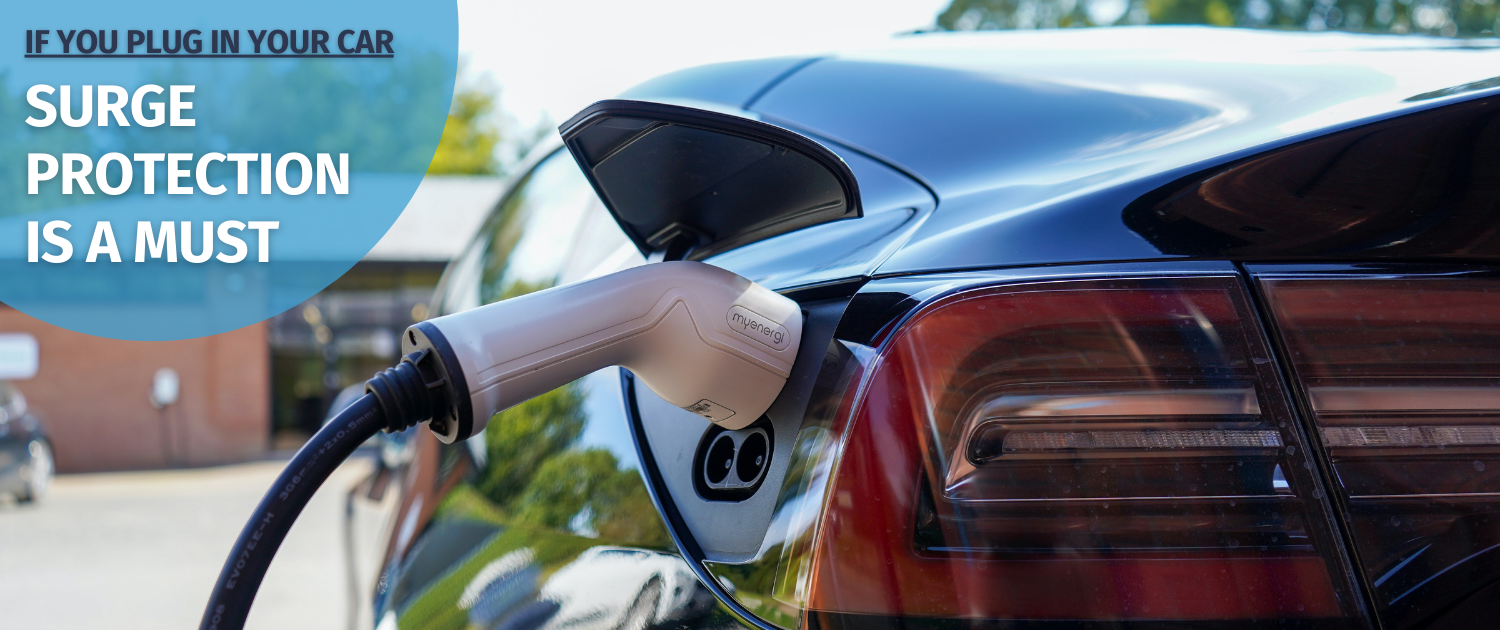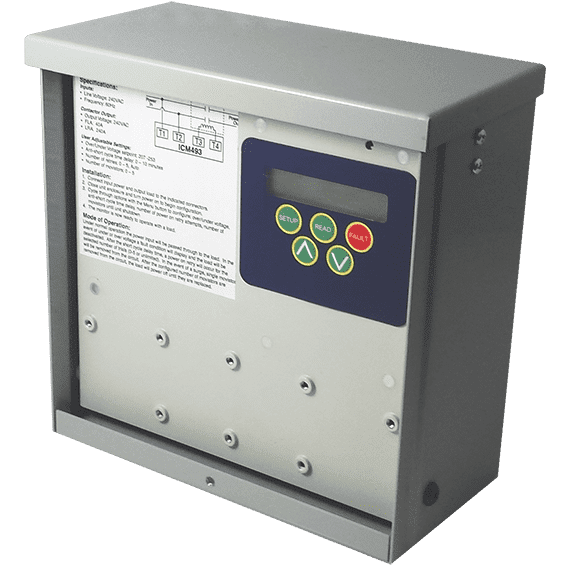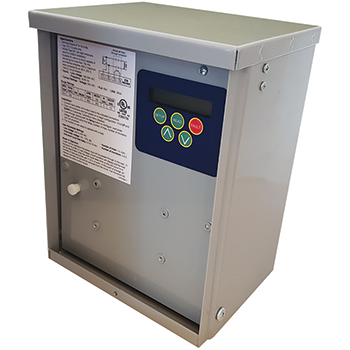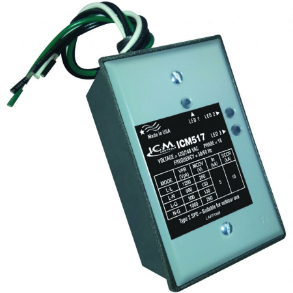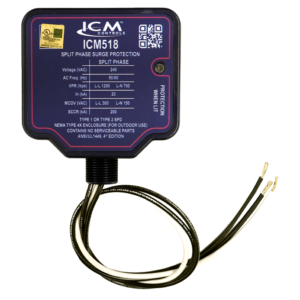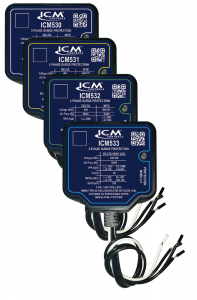Lightning strikes and their resulting electrical surges are always a risk, but even more common are downed power lines, electrical switching, brownouts and outages caused by an older and overtaxed power grid...
Surge Protection for EV Charging
If you’re one of the over 2 million Americans who drive an Electric Vehicle (EV), you’re in fairly good company. EV sales have surged over the past several years and don’t appear to be slowing. Though EVs currently account for only 1% of vehicles on the road, these statistics are expected to grow as range and affordability improve and energy mandates on gasoline-powered vehicles kick-in.
As EV ownership increases, so too does the need for reliable and safe charging infrastructure. Both the charging devices and the vehicles themselves have sensitive electronic components that are susceptible to damage from common power surges and spikes.
Since the addition of charging equipment is a significant expense to individuals and business owners alike, the safeguarding of these investments is imperative. The U.S. Government’s $2 trillion infrastructure bill calls for a total of 500,000 electric vehicle (EV) charging stations by 2030.
This is no small feat considering there are currently fewer than 50,000 stations across all states, with the majority of them located in California where EV ownership is highest. Most of these are expected to be Level 2 (240-volt) chargers, which can provide a full charge in about 5 hours.
At homes, businesses, and public charging facilities, charging equipment is located predominantly outdoors (where accessibility is maximized and fire risk minimized) in a demanding environment with constant exposure to the elements. Lightning strikes and their resulting electrical surges are always a risk, but even more common are downed power lines, electrical switching, brownouts and outages caused by an older and overtaxed power grid.
The good news is that surge protection for EV exists. It’s a reliable, easy to install, and affordable way to protect your EV investment. In fact, the National Electrical Code (NEC), updated requirements for home chargers, stating: “all home dwelling units as defined by Article 230.67, must have a UL Listed Surge Protective Device installed at the incoming 120/240Vac main service panel.”
Options for EV Charging Surge Protective Devices
US electronics manufacturer, ICM Controls, makes a variety of surge protection devices. The ICM518 is installed via a 2-Pole 30A circuit breaker and will not only protect the EV charging system but all circuits on the main service panel. This surge protector is what is referred to as a “Whole House Surge Protector”.
Whether you choose to install a Level 1 or Level 2 charging system at your home or business, a quality SPD will protect your investment and give you peace of mind.

